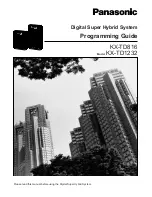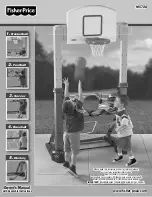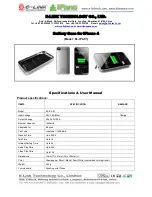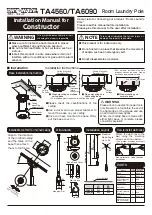
OPTIMIZING THE KNIFE EDGE
GOURMET FOOD PREPARATION:
Where the finest and smoothest cuts are preferred in preparing smooth unmarked sections of
fruits or vegetables, sharpen in Stage 2 (or Stage 1 and 2 as described above) and make twice
the normal number of pairs of fast pulls thru Stage 3. The added pairs of fast pulls in the left
and right slots of Stage 3 will refine the third facet and create remarkably smooth and sharp
edges, (Figure 10) ideal for the gourmet chef.
When resharpening the Gourmet edge,use Stage 3, each time (alternating left and right slots).
If after a number of resharpenings, it is taking too long to resharpen, you can speed the process
by resharpening again in Stage 2 following the procedures previously detailed, and then
resharpen in Stage 3. By this means you will retain very smooth edges and prolong the life of
your knives. This procedure, unlike conventional sharpening will give you exceptionally sharp
knives every day while removing very little metal.
FOR MEATS, FIELD DRESSING AND HIGHLY FIBROUS MATERIALS
For butchering, field dressing or cutting fibrous materials you may find it advantageous to
sharpen in Stage 1 - followed directly by Stage 3. This will leave larger sharpened microflutes
along the facets near each side of the edge (Figure 11) that will assist in the cutting of such
materials.
When a burr is developed in stage 1, move directly to Stage 3 and make one or two pairs of
fast pulls there.
To preserve this type of edge, when the knife needs resharpening, use Stage 3 for only one or
two resharpenings. Then go back to Stage 1 for one pull in each of the left and right slots and
then return directly to Stage 3. Do not oversharpen in Stage 1.
FOR GAME AND FISH
The optimum edge for cooked poultry generally can be obtained by using Stage 1 and 2
followed by only one or two pairs of fast pulls in Stage 3. (Figure 12). For raw poultry, Stage 1
Figure 10. A larger polished facet
adjacent to edge is ideal for gourmet
preparations.
8
Figure 11. Retention of larger
microflutes adjacent to edge helps
when cutting fiberous foods.
Figure 12. For fish and pultry
retention of finer microflutes
adjacent to edge can be helpful.






























